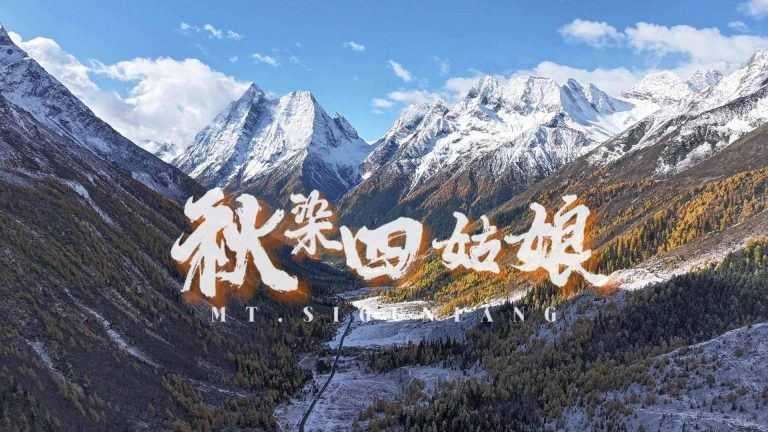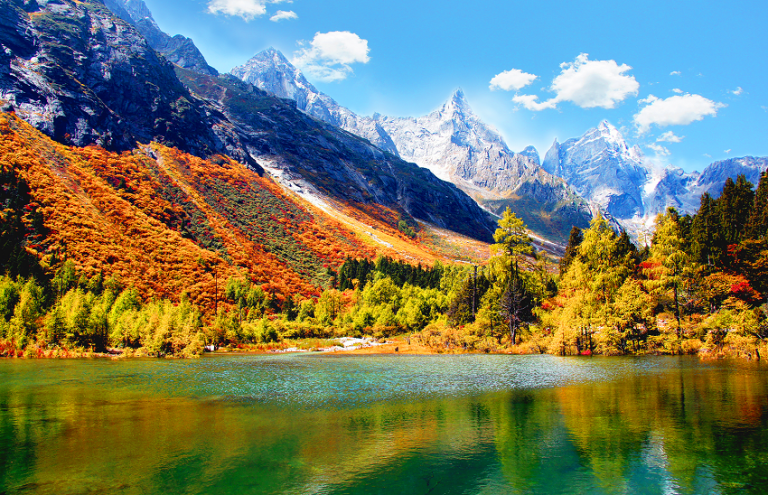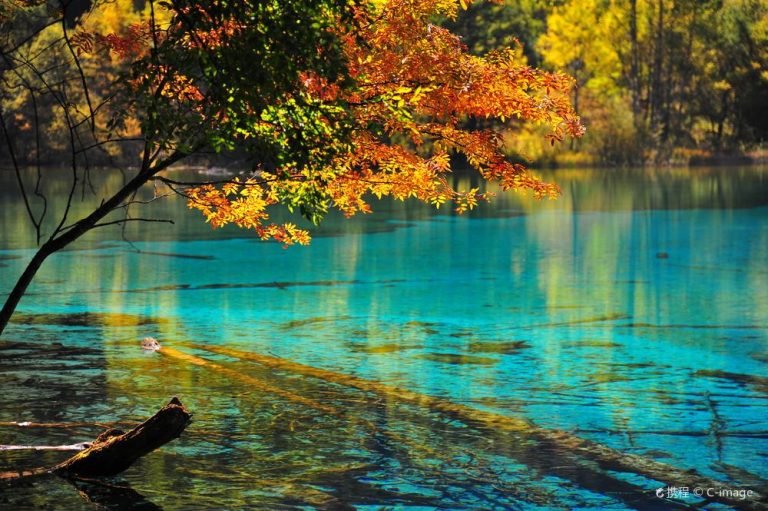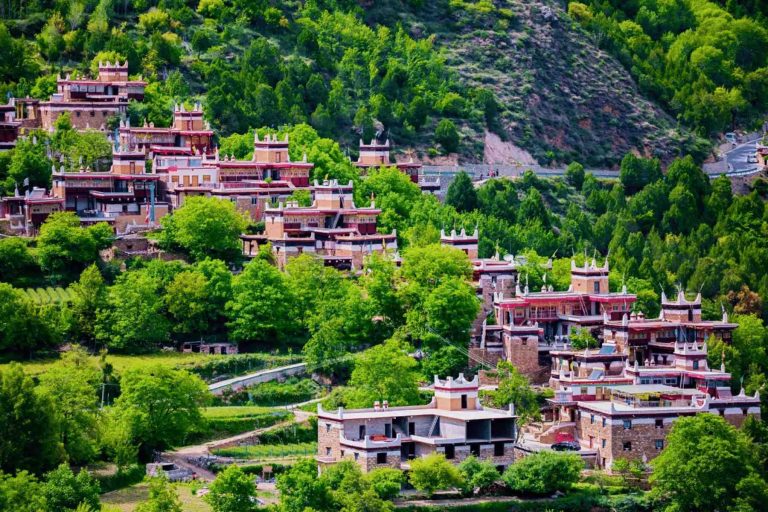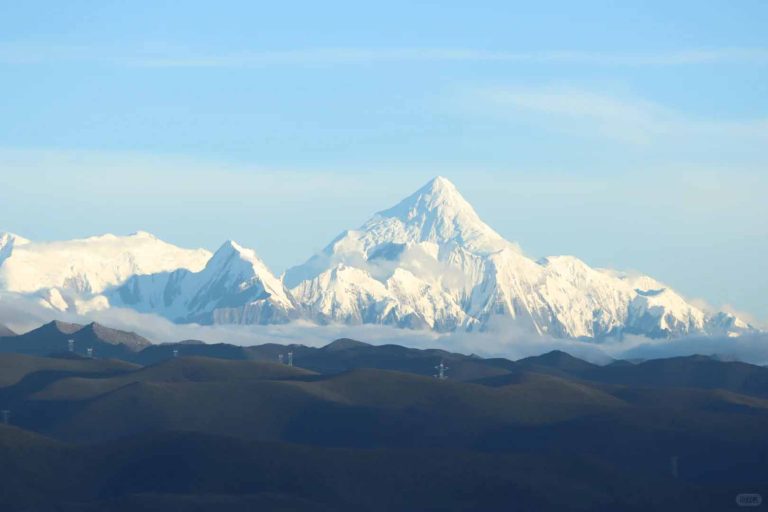Address:Tsopugou is located in Batang County, Ganzi Tibetan Autonomous Prefecture, Sichuan Province, China. Its specific location is in Tsola District (Chalo Township) in the north of Batang County, next to the famous Sichuan-Tibet Line of National Highway 318.
Opening hours: Monday to Sunday 00:00-24:00
Official phone number: 0836-7523225
Are you eager to find a hideaway away from the hustle and bustle? In the depths of the secret realm of the Western Sichuan Plateau, there is Tsopugou, known as the ‘First holy Lake of Kangba’.
Here, the snow-capped mountains are surrounded by lakes as turquoise as pine ear stones, hot springs with steaming steam flow on the grassland, and the ancient Tsopu Temple quietly guards this pure land on earth. When you set foot on this land, you are not only opening a visual feast, but also opening a visual feast.Dialogue with the most primitive nature and listen to the echo of the legendary horseshoe of King Gesar
1. Geographical location
Cuopu Valley is located in the northern part of Batang County, Ganzi Tibetan Autonomous Prefecture, Sichuan Province. It is a natural ecological reserve integrating snow-capped mountains, lakes, forests, grasslands, hot springs and temples on the 318 Sichuan-Tibet Line. It is known as the location of the “First holy Lake of Kangba” and has become a secret land in Western Sichuan with its pristine and wild scenery.
2. Core attractions
(1) Geological landscape
1.Cuopu Lake: As the core of the scenic area, Cuopu Lake is known as the “First Holy Lake of Kangba” 417. The lake has a turquoise like color, clear to the bottom, and covers an area of approximately 3 square kilometers (1115 square kilometers). The lake is surrounded by the Zhajin Jiabo Divine Mountain, and the primitive forest and grassy slopes by the lake create a peaceful atmosphere like a paradise on earth. A unique experience is “calling for fish”: making specific sounds by the lake, groups of naked carp will gather at the shore, getting close to people and showcasing the high harmony between humans and nature.
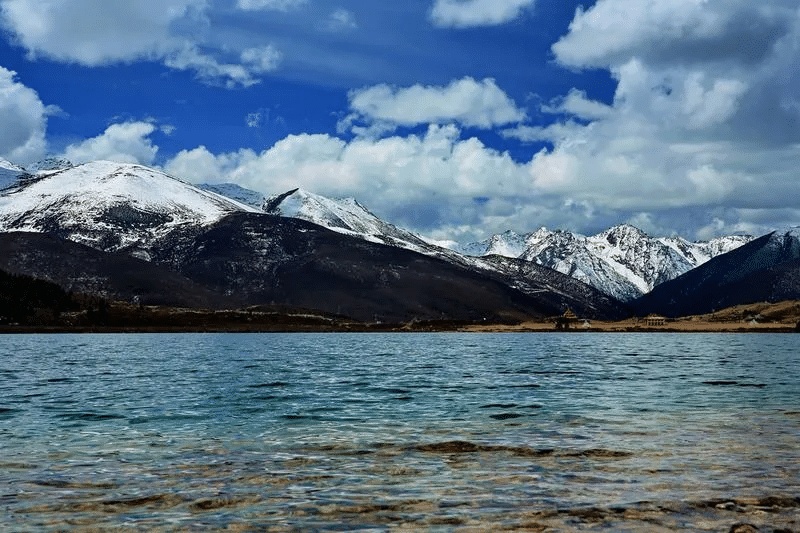
2. The sister lakes (Zhima Yongtso and Kangzhulatso) are located near Lake Tsopu and consist of two small and exquisite alpine lakes, Kangzhulatso and Zhima Yongtso. Legend has it that they are related to the princesses and princesses of King Gesar. The lake will show dreamy colors such as emerald green and peacock blue in the sun, and they are regarded as jadeites in the secret realm by the locals.
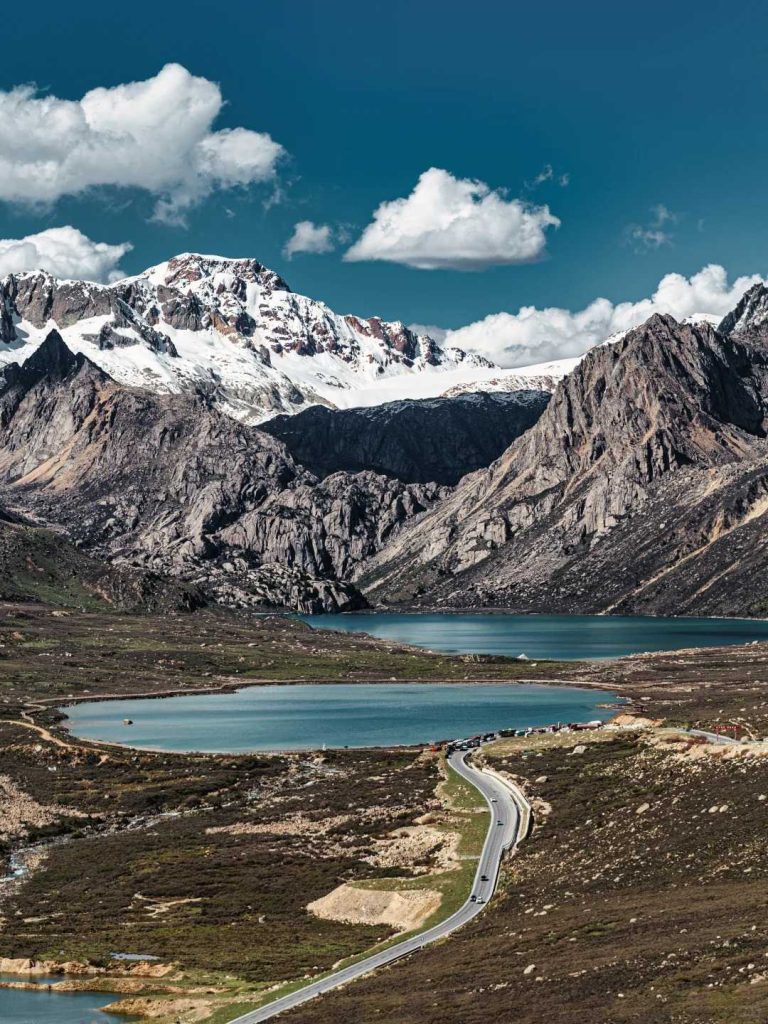
3. The Hot Pit Hot Spring Group is the largest high-temperature hot spring group in Sichuan Province, with over 200 springs and a water temperature of over 90 ℃. The most spectacular among them are geysers, some of which erupt every ten minutes, with water columns reaching up to four or five meters. Steam often forms a rainbow under sunlight, making it a spectacular sight. Tourists can experience the fun of boiling eggs in hot springs here.
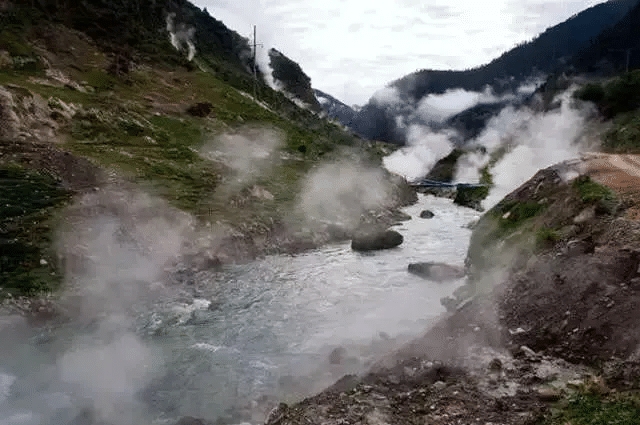
4. Zhangde Grassland, a vast alpine grassland, was rated as one of the “Most beautiful alpine Grasslands in Western Sichuan” by National Geographic of China. In summer, the grassland is full of wild flowers, herds of cattle and sheep, and in the distance are continuous snow-capped mountains, forming a typical picture of the plateau. This is an area where wild animals such as marmots are active, and visitors have the opportunity to interact with them up close.
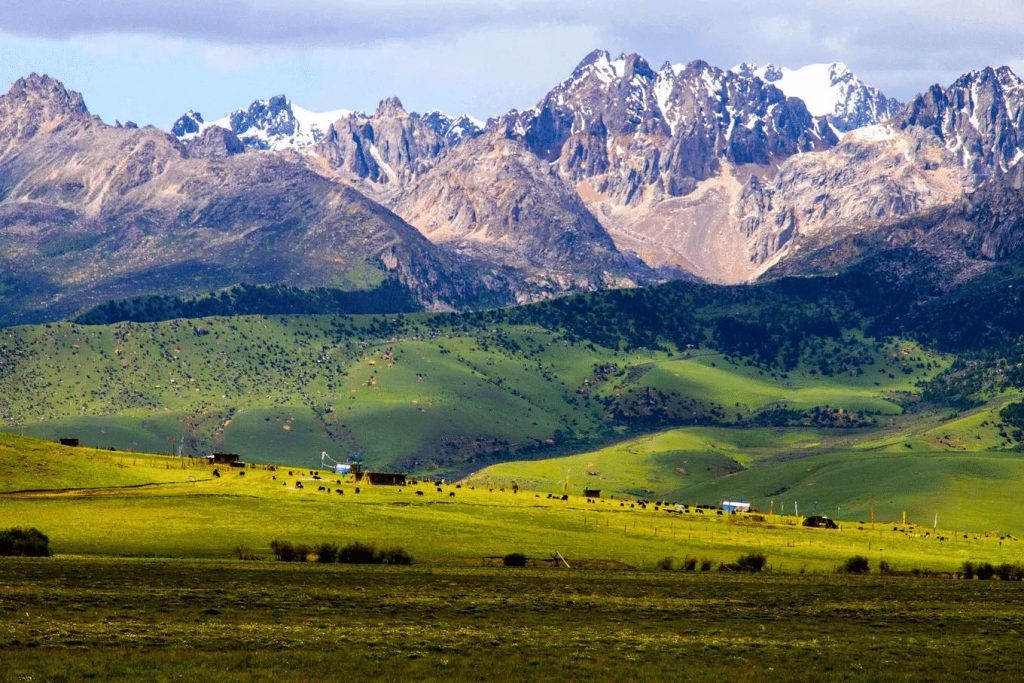
3. Tickets and opening hours
•Opening hours: The peak season (May to October) is usually 7:30-18:00; the opening hours will be shortened in the low season (November to April of the following year).
•Cost: Ticket + sightseeing ticket is about 190 yuan/person. Special groups such as the elderly over the age of 65 enjoy ticket discounts. The scenic area also provides limited self-driving access places, which need to be booked in advance.
Traffic guide
- •Arrival method: The most common way is to drive from Chengdu along National Highway 318 through Ya’an, Kangding, and Litang to Batang. The whole journey is about 700 kilometers and takes more than 12 hours. It is recommended to travel in two days. You can also take a bus from Chengdu Xinnanmen Station to Batang County, and then charter or carpool to the scenic area.
- •Internal transportation: The distance from the gate of the scenic area to the core attractions is far (about 50 kilometers), and visitors need to transfer to a sightseeing bus. After arriving at Lake Tsopu, you can choose a battery car transfer at your own expense to Sister Lake.
(3) Safety protection: responding to geological and weather characteristics
️ Coping with geological and topographic characteristics
The altitude of the Cuopu valley Scenic Area ranges from 3,300 meters to more than 5,000 meters, and the altitude of the core tourist area is mostly above 4,000 meters. This kind of high-altitude environment is the primary safety consideration.
•Stay away from high-temperature geothermal areas: Tsuo Pugou has a large hot pit hot spring group, some springs have water temperatures as high as 90℃ or more, and there are even geysers. When visiting the hot pit hot spring area, be sure to follow the safety warnings, enjoy it on the planned viewing platform or plank road, and never try to cross the fence to approach the high-temperature spring or steam outlet to avoid burns.
•Prevention of altitude sickness: At the beginning of high altitude, you need to avoid strenuous exercise and slow down your movements to give your body enough time to adapt. Anti-hyperreflective drugs (such as Rhodiola rosea) and portable oxygen cylinders can be prepared in advance. Keep warm and prevent colds, because colds at high altitudes can increase the risk of altitude sickness.
•Carefully pass through complex terrain: the scenic area contains canyons, forests, waterfalls and other landforms. When hiking or walking along the lake, please be sure to follow the built plank road or designated route. Do not venture into undeveloped or dangerous areas, especially near cliffs, fast-flowing river banks and other places.
4, the return trip
When the journey is nearing the end, when you return from Tsopugou, you can slowly drive out of this wonderland along National Highway 318.
1. On the way back, you can stop by Xinduqiao, the ‘Photographer’s Paradise”, where the intertwined light and shadow, Tibetan-style houses and winding rivers will bring your journey to a perfect end.
1. Sitting in the car on the return journey, the snow-capped mountains and grasslands passing by the window will remind you of the smart moment when groups of naked carp jumped out of the water when they “shouted for fish” on the shores of Lake Tsop.
2. And the wonderful experience of encountering marmots unexpectedly on the Zhangde Grassland
3. This memory, which combines shock and tranquility, will become an eternal plateau mark in your heart.

